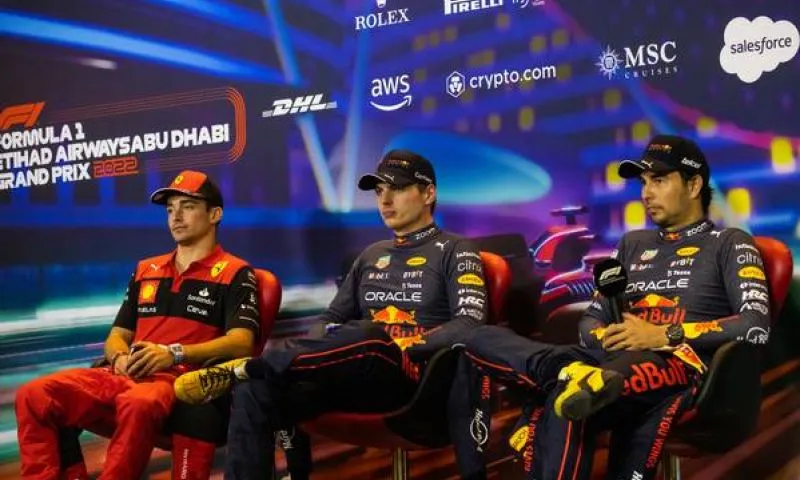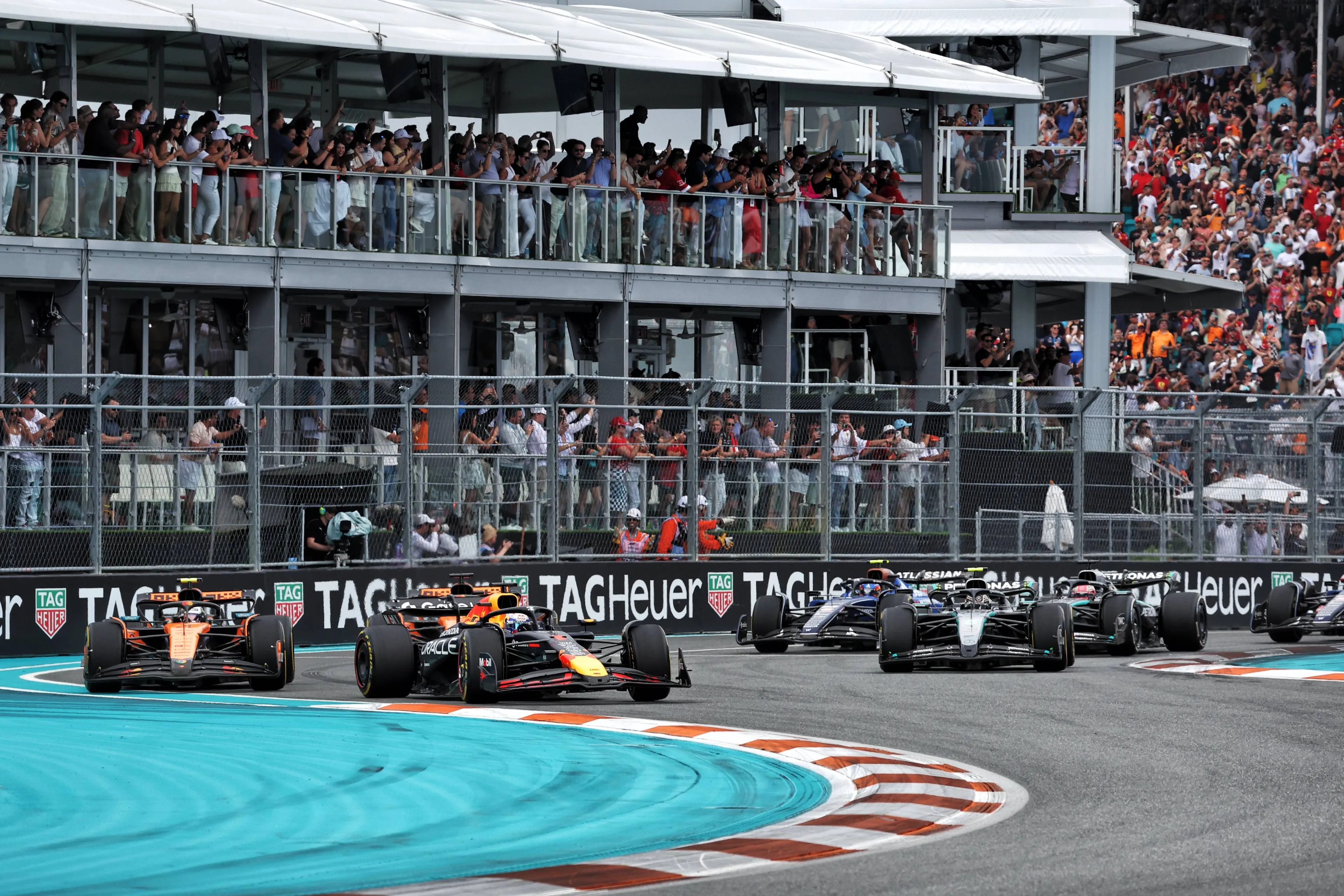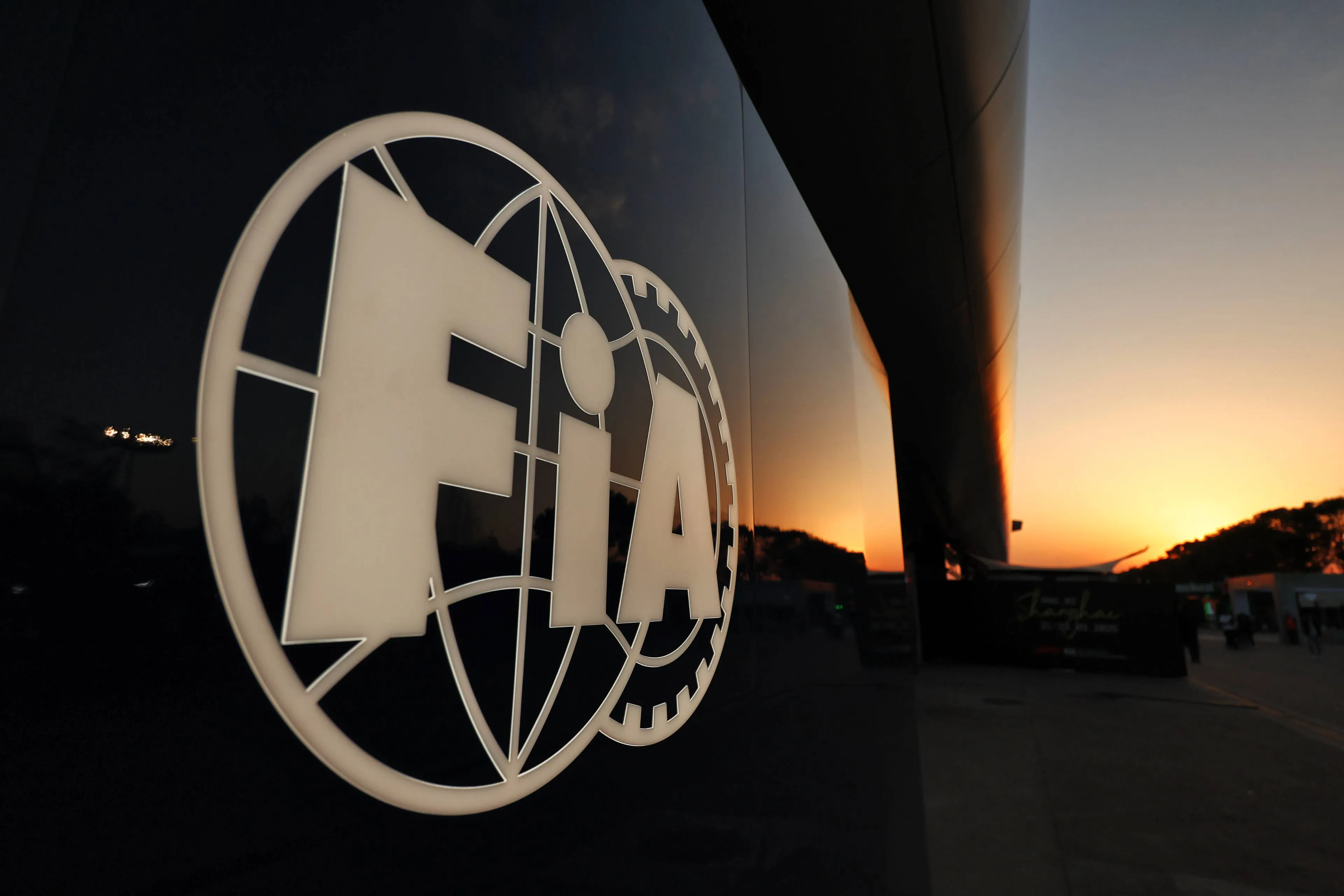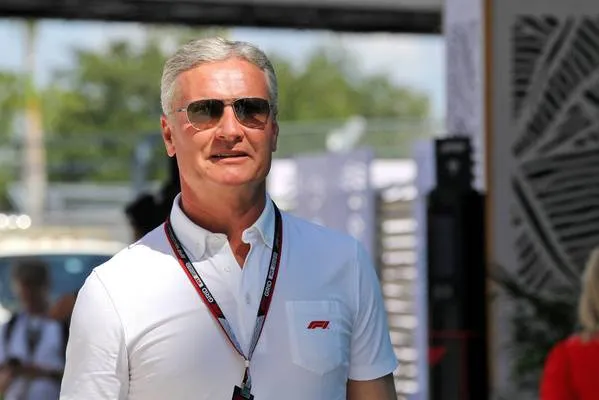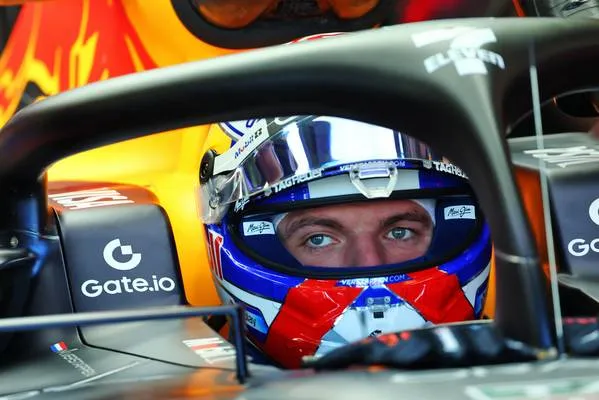New liveries, new cars, new rules. 2022 is the year of change in Formula One, and these changes are drastic.
With an all-new design for the cars, which is intended to make overtaking easier, the season was already due to be more compelling than its predecessors, but there is also a budget cap. It was first introduced last year, which signalled F1’s first ever financial regulations, but the effects of the cost cap will be felt more severely this season.
These regulations have to be adhered to by every team, and it places more control on spending. Essentially, it won’t simply be a case of the richest team winning due to their large range of resources, and they will stop a situation like the one occurring at Newcastle United in the Premier League, for example.
The cost cap was first drafted in late 2019, but the pandemic has slowed down the journey to its full effects being felt in the sport.
What is a Budget Cap?
The first thing to explain is just what a budget cap is. It’s fairly simple, and it’s in the name: It’s the maximum amount of money a team can spend; the upper limit of annual spending.
It’s designed to have control over the finances of a sport, in this case Formula 1, and provide a more level playing field.
What is the Budget Cap for the 2022 F1 season?
It’s intended to limit a team’s spending in a calendar year, and that’s its sole purpose in essence. In 2021 each team was restricted to spending a maximum of 145 million dollars over the course of the calendar - on staff, drivers, facilities, marketing, and of course the car itself among a number of other needs for a sports team.
This year, however, the cap has been lowered to 140 million dollars, with the aim yet again to limit spending in one of the most expensive sports in the world. From 2023 onwards, the cap will be 135 million dollars.
The staggered reduction of fees is to allow the bigger teams to adjust the way they are operated so major restructuring over the course of a few months, which would be a considerable disadvantage, doesn’t occur.
As a side note, general cost inflation will be taken into account if inflation exceeds 3%.
How will the Budget Cap be monitored?
It’s all well and good placing a cost cap into F1, but teams have been known to find loopholes in every regard in order to gain an advantage, so there’s certainly a question about whether the same will happen with this.
However, there is a Cost Cap Administration with experts in the financial regulation of sport who will provide a watchful eye over what each team spends their money on.
With such fine margins in the sport, the cost cap will unsurprisingly be monitored extremely carefully.
How will the teams be penalised?
With such strict rules, there are some severe punishments for any teams who do exceed the cost cap. There are three tiers of rule-breaking, and hence three different punishments.
The first is if a team submits their accounts late or incorrectly. The second is a minor spending issue - essentially if a team spends less than 5% more than the budget cap. The third is if the team spending exceeds 5% more than the budget cap.
The first breach will result in a financial punishment that will be decided depending on the situation. The second will see teams hit with a sporting punishment, e.g deducted points, race ban, reduction of their cost cap etc. The third is by far the most severe and if teams exceed the cost cap by more than 5% they could be excluded from the World Championship.
So - the lesson learned is: Don’t exceed the budget cap!
We’ll find out in pre-season testing how much the bigger and richer teams have been nerfed by these new regulations, and how much it has helped the lesser teams who typically run at the back of the grid.
Read more about:
Popular on GPBlog

1
Brundle sees Verstappen racing Piastri differently compared to Norris: 'A different animal'
877 times read
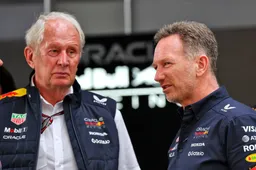
2
Marko confirms 'new parts' will be at Imola but wonders if Red Bull will be 'closer to McLaren' with them
688 times read

3
Antonelli slips up during Pirelli test at Silverstone: See the exclusive footage here
480 times read

4
Horner admits Red Bull weakness cost Max the podium: 'Losing so much time'
424 times read


